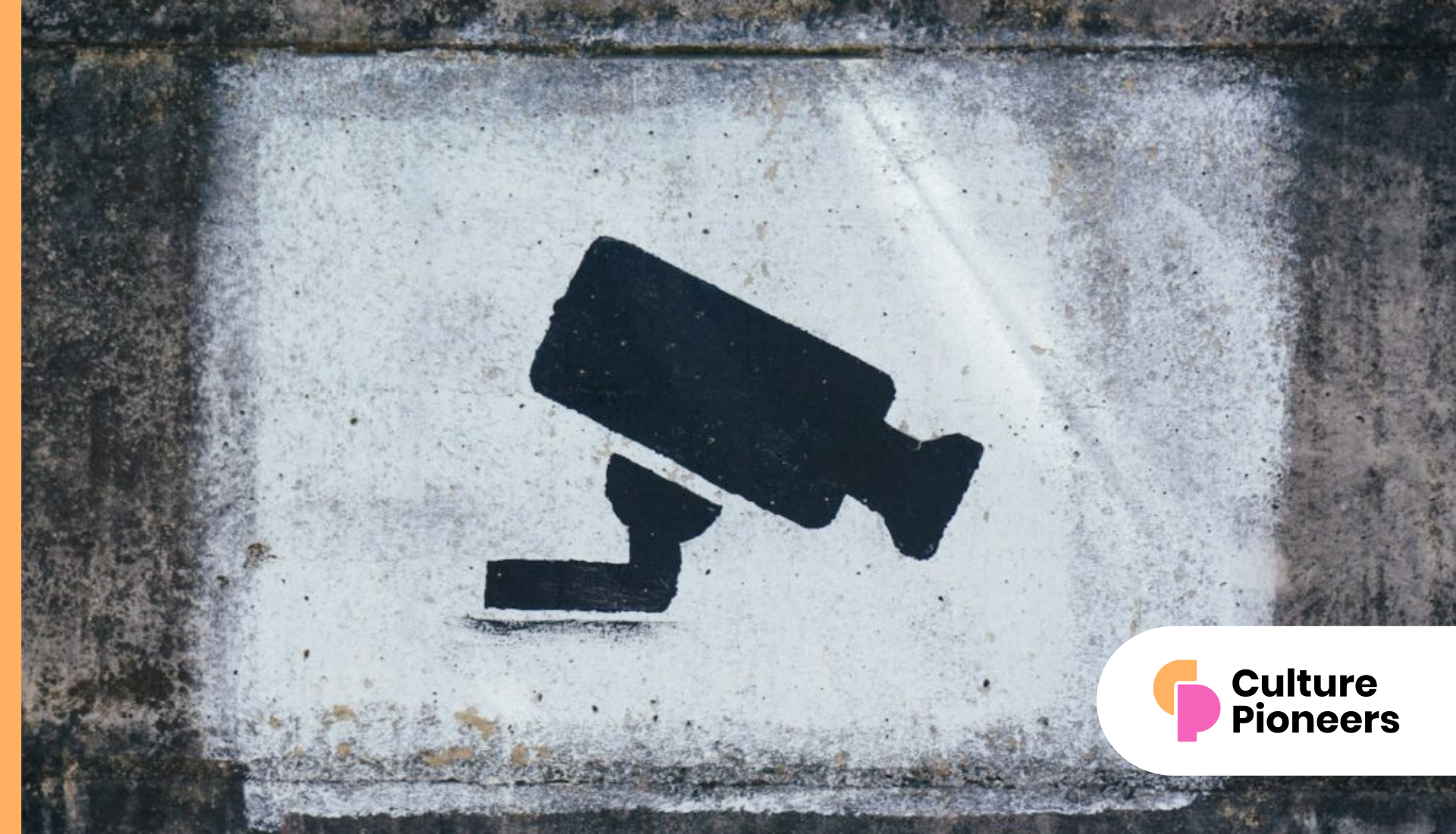There’s a lot of concern about mental health and stress at work, especially with the fast pace of most people’s working lives. As an HR professional, do you know how to spot someone in need of support?
Some stress at work is inevitable and won’t lead to long-term harm. When stress becomes all consuming and unmanageable, however, it impacts both our work and our interpersonal relationships.
Stress can take many forms in the workplace, whether it’s due to workload, job insecurity or conflict with colleagues or leaders. Whilst no one person shows exactly the same warning signs of stress, there are three main categories, and a sufferer can display a combination of the traits detailed below:
- Physical signs: excessive fatigue; sickness absence; difficulty sleeping; fluctuations in weight; lack of personal care, etc.
- Psychological signs: tearfulness; aggression; reduction in confidence; absent-mindedness; irritability, etc.
- Behavioural signs: missing deadlines; erratic behaviour; complaints about lack of management support; social withdrawal; increased errors; conflict with co-workers; overworking; self-harm, etc.
As workplace mediators and conflict resolution experts, we see first-hand the impact of work related stress on employee wellbeing. In recent Consensio research looking at the link between conflict and mental health, 84% of respondents said that workplace conflict had affected their health and 25% said they had to take time off work because of the conflict.
Some workplace stress is inevitable and won’t lead to long-term harm. When stress becomes all consuming and unmanageable, however, it impacts both our work and our interpersonal relationships. This is where organisations have a responsibility to provide opportunities for their workforce to learn the skills to manage issues in a more informal and proactive way.
Below we’ll detail five steps to improve employee wellbeing in the face of conflict at work.
- Assess the impact: ask, ‘how is conflict affecting what we see, hear and how we behave?’
- Seek out new perspectives: are we simplifying our thinking to view ourselves as the victim and the other as the perpetrator? Listen to a range of opinions from those around you.
- Look for learning: even in the heat of a crisis, if we have the capacity to learn from what is happening around us, it can help shift us to a healthier state of body and mind.
- Build healthy practices: think about how to build change into your daily routine. Whether it’s making sure you take your lunch break, or developing a fitness regime. Making the effort to change the way you live your life can help enormously.
- Map out possible actions: make a list of pros and cons as well as actions you can take to ensure you see the options that are available to you.
For further tips and advice, download Consensio’s Guide to Conflict and Wellbeing at Work or our Conflict Guide for Leaders.
Unresolved conflict can lead to workplace stress for individuals and whole teams, as well as high levels of sickness absence when issues are left unaddressed. Workplace conflict is best resolved when it is nipped in the bud quickly and through informal measures, such as workforce training and mediation.
As HR professionals, spreading the word on how to spot the signs of stress, and offering your employees a better way to manage workplace conflict will go a long way to making sure this National Stress Awareness Day is one of proactivity, positive thinking and building team spirit. It will also raise a social conscience amongst your staff in the knowledge that you are all responsible for the health and welfare of each other.
Interested in this topic? Read Managing stress in a modern ‘always on’ work environment.
[cm_form form_id=’cm_65a14c3f5da64′]






